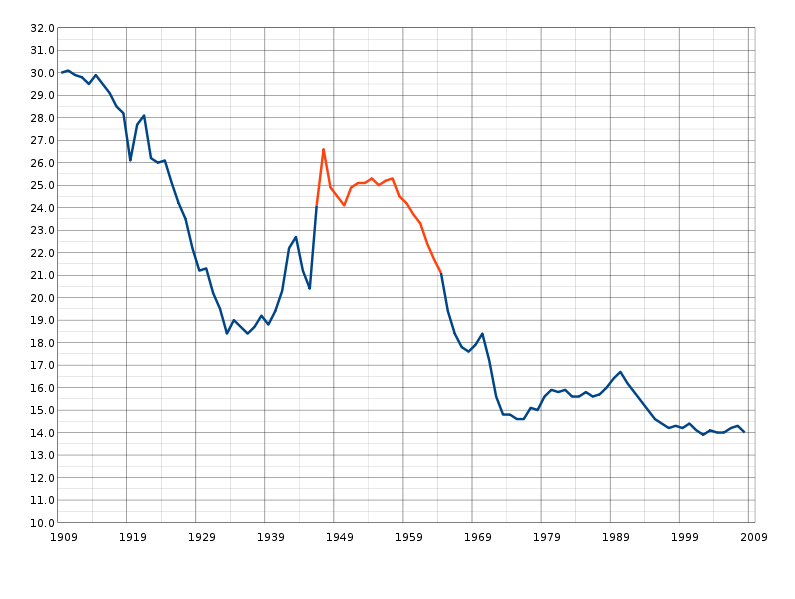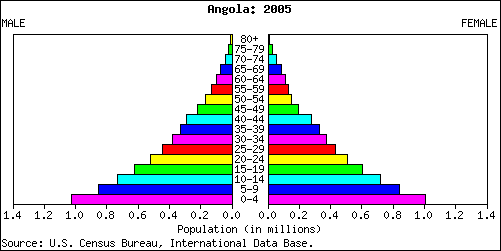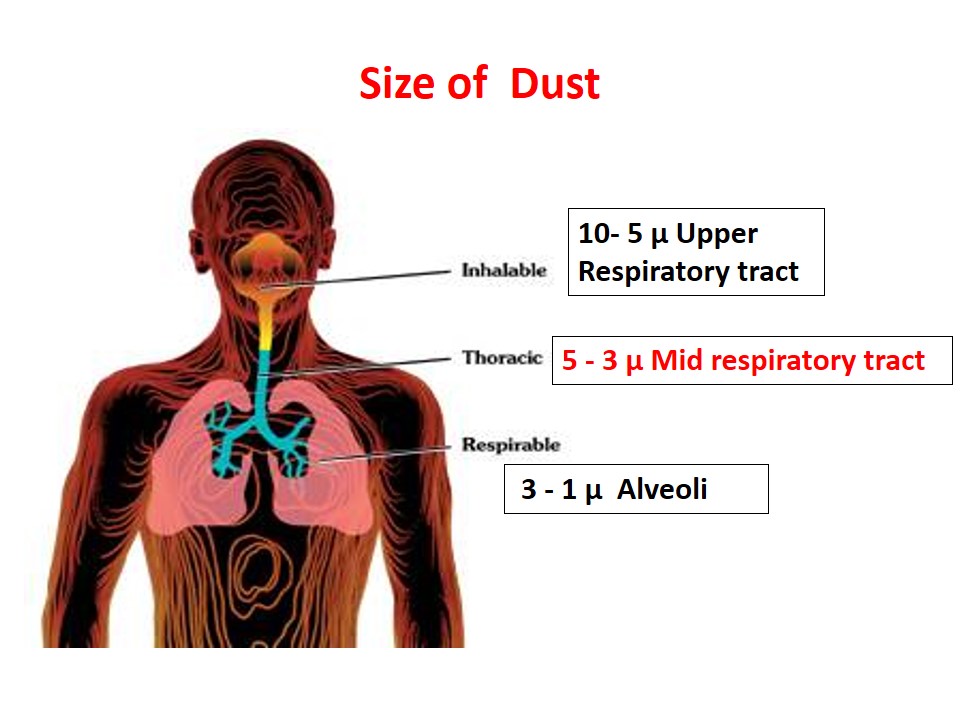 Classification of Bed Bugs
Classification of Bed Bugs
Phylum Arthropoda
C lass Insecta
Order Hemiptera
Family Cimicidae
Species a) Cimex Lectularus (Urban specie)
b) Cimex Hemipterus (Rural specie)
Habits of Bed Bug
Distribution: World wide distribution. Found in tropical and temperate regions.
Bite: Commonly take blood-meal during night, but in starving they also feed during the day in dark rooms.
Feeding: Both male and female commonly feed on man, rabbits, mites and bats.
Dispersal: They usually spread to new houses by being introduced with furniture, bedding and buying second hand furniture.
Life Span: Average life of bed bug is from several weeks to many months. Under laboratory condition adults have lived up to 4 years.
Medical importance: Bed bugs are not known to transmit any disease to man but they are a public health problem because of their persistence biting at night which may lead to sleeplessness. The repeated feeding on infants has been reported to cause iron deficiency.
General characters of bed bug
The adult bed bugs are wingless insects, about 4-5 mm long. When unfed its color are yellowish or brown but after full fed they become dark brown.
Head: The head is short and broad and has a pair of compound eyes, a pair of four segmented antenna and three segmented proboscis.
Thorax: Prothorax is much larger than the meso-and met-athorax. Three pairs of legs arise from the thorax, which are selender and well developed.
Abdomen: The abdomen is divided into eight visible segments. In adult male the tip of abdomen is slightly more pointed than the female. Seven spiracles are located ventrally on 2-8 abdominal segments.
Life cycle of bed bug
Both male and female suck the blood and are equally important as a pest. Incomplete metamorphosis occur in bed bug.
Egg-nymph-adult.
Eggs: Female lays about 2-3 eggs a day in the same places where the bugs hide. The eggs are yellowish white in color about 1 mm long. Some 300 eggs can be found in cracks and crevices of buildings and furnitures. The eggs usually hatch after 8-11 days.
Nymph: The newly hatched bed bug is pale yellow in color and resemble as adult but is much smaller in size. There are 5 nymphal instars. This period commonly last for 5-8 weeks.
Adult: Adult bed bug can live 6-9 months without food. Bed bug can withstand a long period of starvation up to 500 days. Under laboratory conditions adult may live up to 4 years.
Control measures
- Floors and walls of infested houses together with as much furniture as possible should be sprayed with 1-2% malathion or 0.5% diazanon.
- Bedding and mattresses can be lightly sprayed with insecticides but should be aired afterwards to allow them to dry out completely before being reused.
 howMed Know Yourself
howMed Know Yourself




